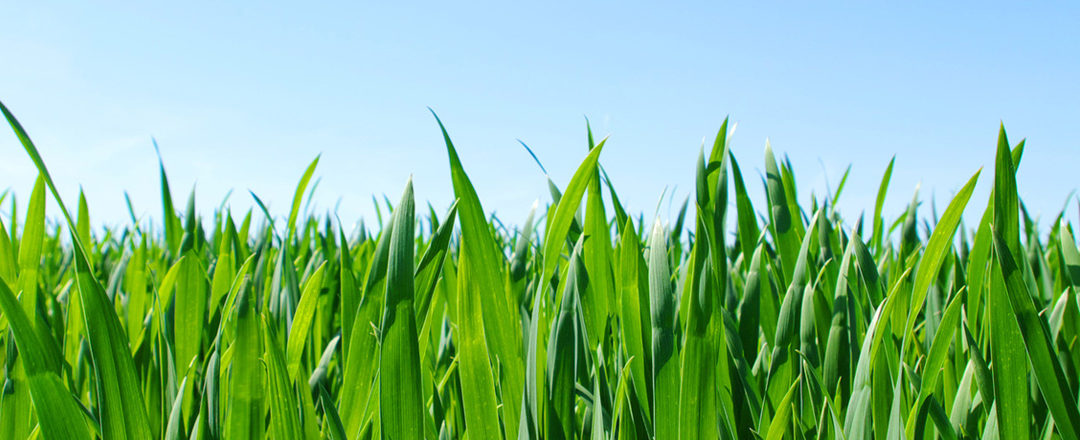 Lime and gypsum are both used to improve the soil in your lawn and garden. However, they serve very different purposes. Adding lime to soil raises the pH so it becomes less acidic. Lime can ‘green-up’ a lawn.
Lime and gypsum are both used to improve the soil in your lawn and garden. However, they serve very different purposes. Adding lime to soil raises the pH so it becomes less acidic. Lime can ‘green-up’ a lawn.
The best way to determine whether or not your soil needs liming is to test its pH. The target pH level of turf grass, for example, is between 6.2 and 6.5, so if your soil has a lower pH it will likely benefit from adding it. Remember, though, too much can be as harmful to your lawn as too little, so its best to always test the soil before application.
Lime is a compound made up of calcium or calcium and magnesium and is used to reduce the damaging effects of acidic soil on lawns and gardens. Lime also reduces the toxicity of elements in the soil, such as aluminum, manganese and iron, which can adversely affect growth. In addition, lime increases bacterial activity, which helps improve soil structure.
Many sources suggest liming your lawn before seeding to better prepare the soil for healthy grass growth. You can sow grass seed and apply lime at the same time but it might take a season or two to achieve a full, green lawn as it conditions soils slowly.
Lime has always been available in powder form, but the more modern granulated forms are an improvement over the powder of days gone by. It may be applied using a drop spreader or broadcast spreader. Since it is insoluble, it tends to stay exactly where it is spread, so these ensure uniform coverage for your lawn. Although best applied in the fall, lime can be applied at any time, but is better two weeks from applying fertilizer. Lime needs only to be applied every 3 to 5 years. Lime is non-toxic to plants, pets and humans.


